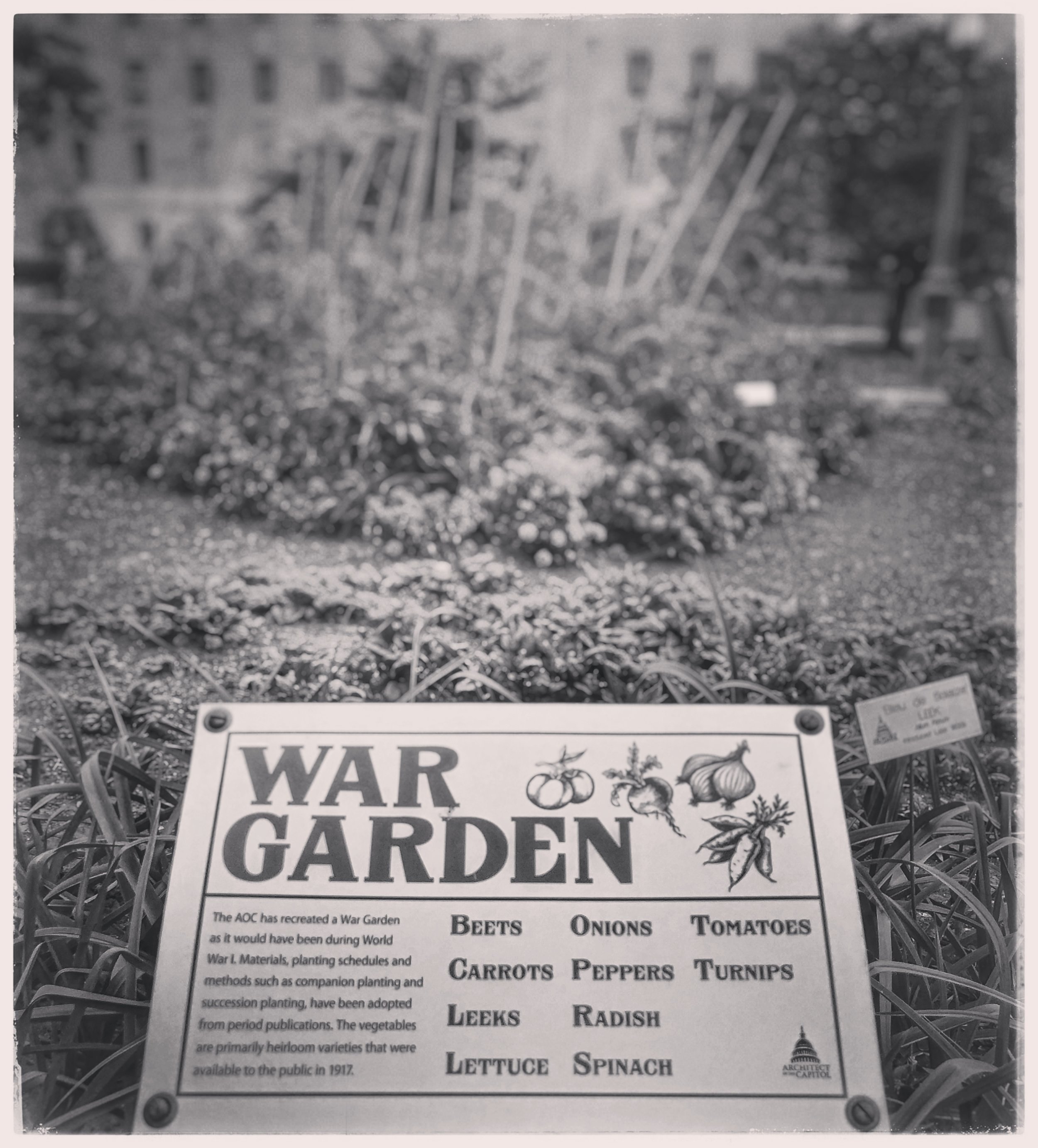Gardens at the library? If you visit the Library of Congress this fall, yes! The Library's Thomas Jefferson Building has live displays on the grounds that mimic War Gardens, also known as Victory Gardens, from World War I. In an effort to free up resources for the military during the Great War, the United States government encouraged citizens not only to ration and conserve food, but also to cultivate their own food in small gardens. The gardens could be found in private yards, public parks, churches, schools, and playgrounds.
There are a wide variety of plants in the Library of Congress gardens, all contemporary to 1917 War Gardens. Plantings include flowering squash blooms, tomatoes, sage, lavender, leeks, beets, kohlrabi, onions, peppers, spinach, radish, carrots, turnips, and much more. You can visit the gardens even if the Library is closed, but the inside of the Jefferson Building is magnificent and worthy of your time, if you can make it.
The Library donates all harvested crops to local Washington, DC food banks.
The gardens still bear herbs and vegetables here in mid-October.
Find gardens on the southwest, southeast, and northwest corners of the Library grounds.
The Fruits of Victory by Leonebel Jacobs. c. 1918.
Source: Library of Congress Prints & Photographs Online Catalog. Accessed October 10, 2017.
Sow the Seeds of Victory! by James Montgomery Flagg. c. 1918.
Source: Library of Congress Prints & Photographs Online Catalog. Accessed October 10, 2017.
Help! The Woman's Land Army of America by Charles Dana Gibson. c. 1918.
Source: Library of Congress Prints & Photographs Online Catalog. Accessed October 10, 2017.





